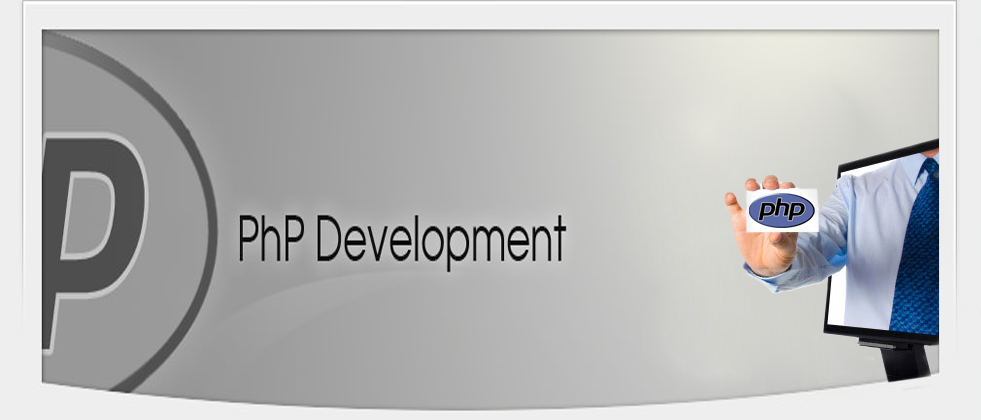
 Menu Mobile
Menu Mobile

 Menu Mobile
Menu Mobile


PHP is a server-side scripting language that can be used on a host of webservers and platforms. I prefer to use it with Apache on either FreeBSD or Linux, but it can even run on Win32 platforms.
What server-side scripting language means is that the script is put into the HTML files that make up a site, but the server processes the script BEFORE it is sent to the client browser. PHP code is not visible if you view the source of a page because the server processes the code and returns only the output. This is easier to code and debug than writing CGI scripts in Perl or C since the HTML form and related code are all in one page and PHP puts any errors on the browser.
Another advantage that PHP offers is the ability to directly connect to relational databases using full featured internal functions. It supports a whole fleet of databases including Oracle, DB2, mSQL and MySQL. I have written this tutorial with an eye to the MySQL database server since that is what this site uses. Most of the information here should be applicable regardless of the backend database.
Highest customer service.
Quality web development within days.
Highly functional web tools for your business.
Secure and reliable website solution.
Solid and honest business.
We've collaborated alongside some of the boldest, most interesting companies on the planet. Lucky us.